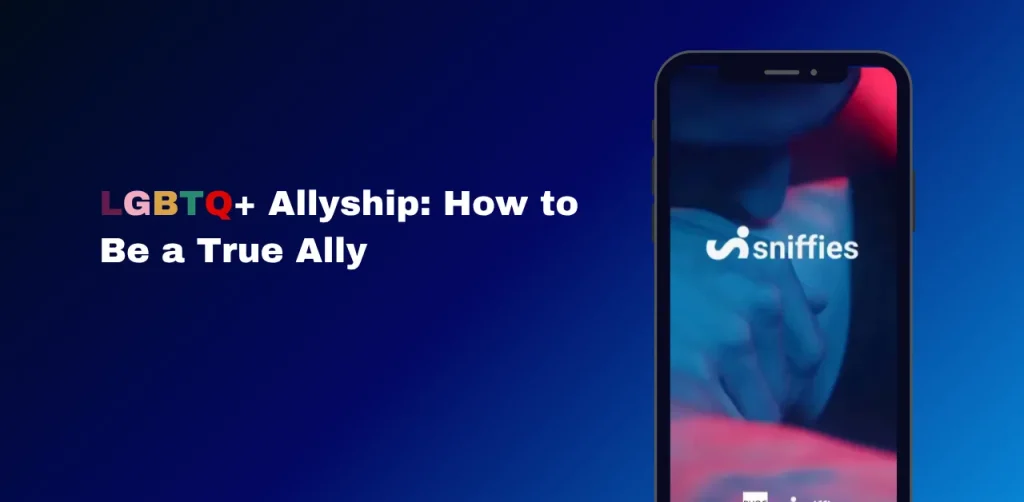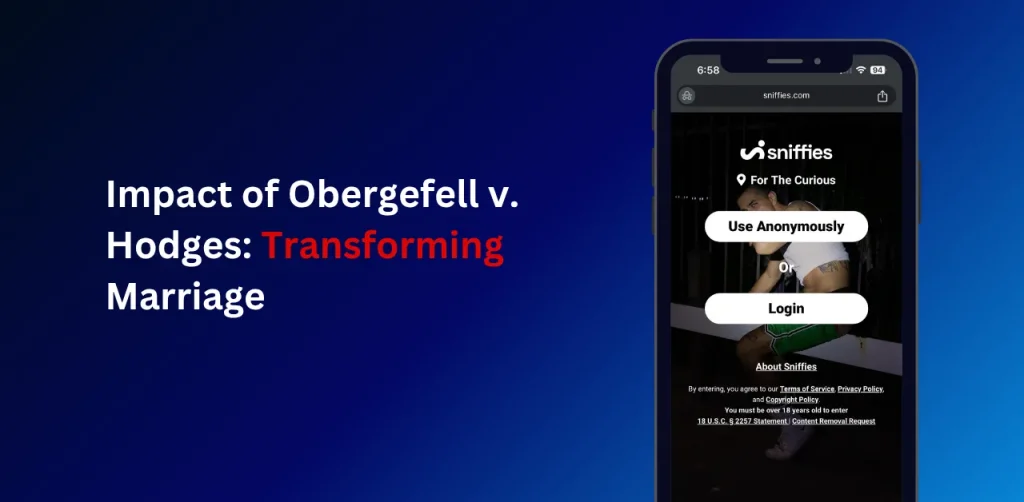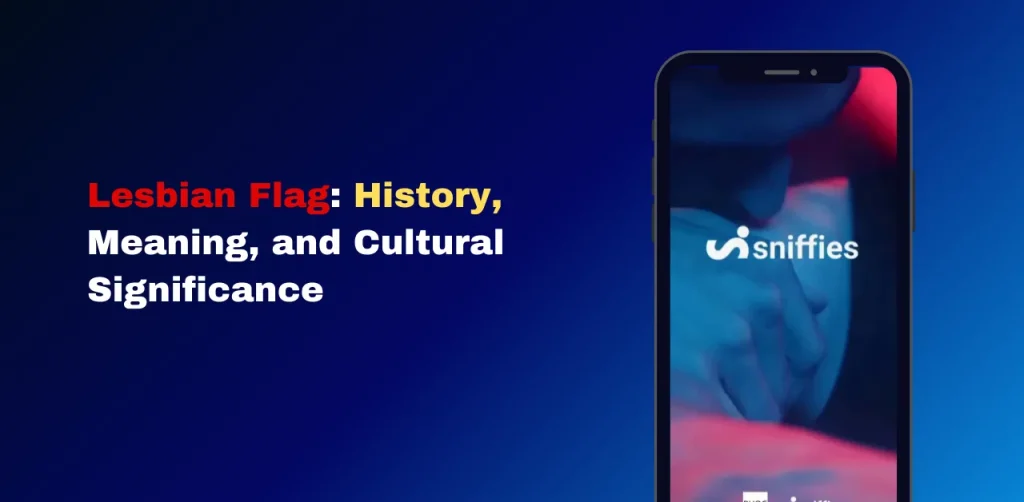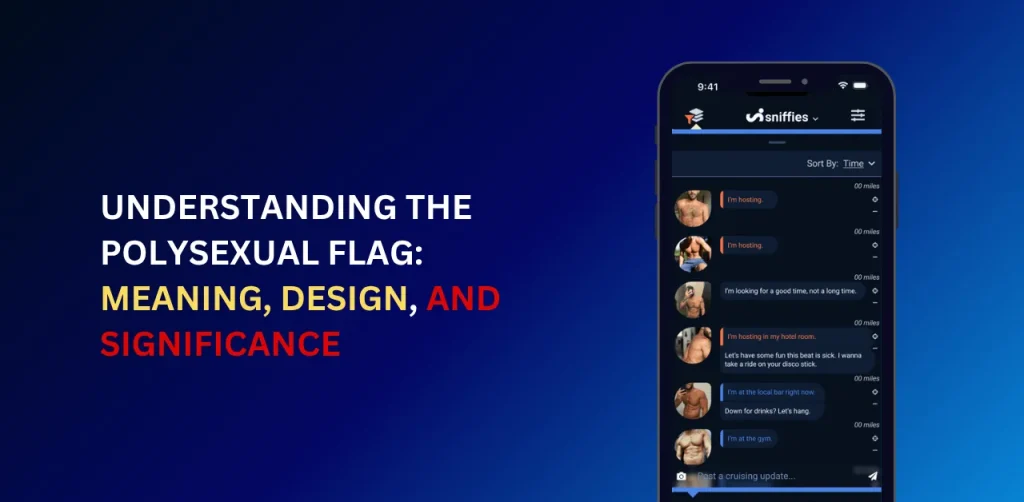LGBTQ+ Awareness Calendar: Key Dates and Their Meanings
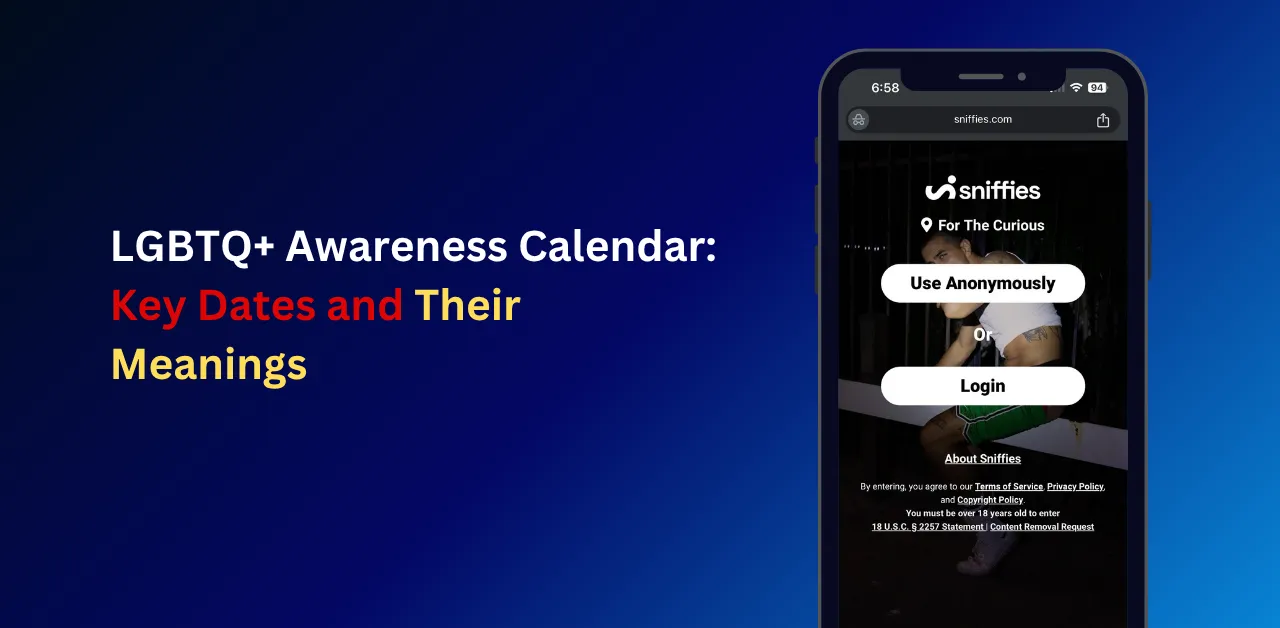
Are you looking to stay informed and engaged with the LGBTQ+ community throughout the year? Our comprehensive guide to the LGBTQ+ Awareness Calendar is here to help! From the vibrant celebrations of Pride Month to the solemn remembrance of Transgender Day of Remembrance, each date holds special significance.
Discover when these important days and weeks occur, why they matter, and how you can participate or show support. Whether you’re a member of the community or an ally, this calendar will keep you connected and informed all year long.
January
- No major internationally recognized LGBTQ+ awareness days.
Consider using this month to learn about local LGBTQ+ organizations or plan for upcoming events.
February
- LGBT+ History Month (UK): All month
- What it is: Celebrates the history and contributions of lesbian, gay, bisexual, and transgender people in the United Kingdom.
- Why it matters: Highlights key figures and events, fostering pride and education.
- How to participate: Attend talks, read about LGBTQ+ history, or explore resources at Heckin’ Unicorn.
- Sydney Gay and Lesbian Mardi Gras: February 14 – March 2 (parade on March 1)
- What it is: One of the world’s largest LGBTQ+ festivals, featuring parades, parties, and cultural events in Sydney, Australia.
- Why it matters: Celebrates community pride and visibility on a global stage.
- How to participate: Attend events in person or follow online celebrations.
- Aromantic Spectrum Awareness Week: February 16-22
- What it is: Raises awareness about aromantic identities, where individuals experience little to no romantic attraction.
- Why it matters: Promotes understanding of diverse romantic orientations.
- How to participate: Share educational posts or join discussions about aromanticism.
March
- Zero Discrimination Day: March 1
- What it is: A global event to promote equality and combat discrimination, including against LGBTQ+ individuals.
- Why it matters: Encourages inclusivity across all communities.
- How to participate: Share messages of equality on social media or support anti-discrimination campaigns.
- Omnisexual Awareness Day: March 21
- What it is: Celebrates omnisexual identities, characterized by attraction to all genders.
- Why it matters: Increases visibility for lesser-known sexual orientations.
- How to participate: Educate others about omnisexuality or share personal stories.
- International Transgender Day of Visibility: March 31
- What it is: Celebrates transgender people and raises awareness of the discrimination they face. Founded in 2009 by Rachel Crandall Crocker.
- Why it matters: Highlights the contributions and resilience of the transgender community.
- How to participate: Share stories, attend events, or post supportive messages. Learn more.
April
- International Asexuality Day: April 6
- What it is: Promotes awareness of asexuality, where individuals experience little to no sexual attraction.
- Why it matters: Educates about asexual identities and challenges misconceptions.
- How to participate: Share resources or join online discussions about asexuality.
- Day of Silence (US): April 11
- What it is: A student-led event to highlight anti-LGBTQ+ bullying and harassment in schools.
- Why it matters: Raises awareness about the silencing effect of discrimination.
- How to participate: Observe a day of silence or wear supportive symbols like pins.
- International Lesbian Visibility Day: April 26
- What it is: Celebrates lesbian culture and visibility, recognizing women-loving-women.
- Why it matters: Provides a platform for lesbian role models and community pride.
- How to participate: Share stories of lesbian icons or attend local events.
May
- Trans+ History Week: May 5-11
- What it is: Celebrates the history and contributions of transgender and gender-diverse individuals.
- Why it matters: Honors trailblazers who have shaped transgender rights.
- How to participate: Learn about transgender history or share stories of notable figures.
- International Day Against Homophobia, Transphobia, and Biphobia (IDAHOTB): May 17
- What it is: Marks the World Health Organization’s 1990 decision to declassify homosexuality as a mental disorder.
- Why it matters: Addresses ongoing discrimination and violence against LGBTQ+ people.
- How to participate: Join global campaigns or advocate for policy changes.
- Agender Pride Day: May 19
- What it is: Promotes awareness of agender identities, where individuals identify as having no gender.
- Why it matters: Increases understanding of gender diversity.
- How to participate: Share educational content about agender experiences.
- Pansexual Visibility Day: May 24
- What it is: Celebrates pansexual identities, characterized by attraction regardless of gender.
- Why it matters: Promotes visibility for pansexual and panromantic communities.
- How to participate: Share resources or engage in discussions about pansexuality.
June
- Pride Month: All month
- What it is: Celebrates the LGBTQ+ community, commemorating the 1969 Stonewall Riots, a pivotal moment in the fight for gay rights.
- Why it matters: Promotes pride, visibility, and advocacy for equality.
- How to participate: Attend Pride parades, support LGBTQ+ businesses, or share your story.
- Anniversary of U.S. Supreme Court Bostock Decision: June 15
- What it is: Marks the 2020 ruling that expanded workplace protections for LGBTQ+ employees.
- Why it matters: A landmark decision for employment equality.
- How to participate: Reflect on workplace inclusivity or advocate for further protections.
- Anniversary of U.S. Supreme Court Legalizing Marriage Equality: June 26
- What it is: Commemorates the 2015 Obergefell v. Hodges decision legalizing same-sex marriage in the U.S.
- Why it matters: A historic milestone for relationship equality.
- How to participate: Celebrate with loved ones or share supportive messages.
July
- Nonbinary Awareness Week: Week of July 14 (culminates in International Nonbinary People’s Day on July 14)
- What it is: Raises awareness about nonbinary identities, which exist outside the male/female binary.
- Why it matters: Promotes understanding and respect for gender diversity.
- How to participate: Use correct pronouns, share resources, or attend events.
August
- No major internationally recognized LGBTQ+ awareness days.
Use this time to continue supporting local LGBTQ+ initiatives or preparing for fall events.
September
- Bisexual Awareness Week: September 16-22
- What it is: Promotes visibility and education about bisexual identities.
- Why it matters: Addresses biphobia and celebrates bisexual resilience.
- How to participate: Share stories or resources about bisexuality.
- Celebrate Bisexuality Day: September 23
- What it is: Celebrates bisexual culture and community, also known as Bi Visibility Day.
- Why it matters: Highlights the unique challenges and contributions of bisexual individuals.
- How to participate: Attend events or post supportive messages online.
October
- Coming Out Day: October 11
- What it is: Encourages LGBTQ+ individuals to come out and live authentically, founded in 1988.
- Why it matters: Promotes a safe environment for self-expression.
- How to participate: Share your story or support others in their journey.
- Ace Week: Last full week in October (October 26-31)
- What it is: Raises awareness about asexual identities, founded in 2010 by Sara Beth Brooks.
- Why it matters: Educates about asexuality and challenges stereotypes.
- How to participate: Share educational content or join online discussions.
- Intersex Awareness Day: October 26
- What it is: Raises awareness about intersex individuals, born with variations in sex characteristics.
- Why it matters: Advocates for intersex rights and medical autonomy.
- How to participate: Learn about intersex issues or support advocacy groups.
November
- Intersex Day of Remembrance: November 8
- What it is: Remembers intersex individuals who have died due to unnecessary medical interventions.
- Why it matters: Highlights the need for ethical medical practices.
- How to participate: Advocate for intersex rights or share educational resources.
- Trans Awareness Week: November 13-19
- What it is: Educates about transgender and gender non-conforming individuals and their experiences.
- Why it matters: Increases visibility and understanding of transgender issues.
- How to participate: Attend workshops or share transgender stories.
- Transgender Day of Remembrance: November 20
- What it is: Honors transgender individuals killed due to anti-transgender violence, founded in 1999 by Gwendolyn Ann Smith to memorialize Rita Hester.
- Why it matters: Raises awareness about transphobia and honors victims.
- How to participate: Attend memorial events, light a candle, or advocate for justice. Learn more.
December
- Pansexual Pride Day: December 8
- What it is: Celebrates pansexual identities and their contributions to the LGBTQ+ community.
- Why it matters: Promotes visibility for pansexual individuals.
- How to participate: Share stories or resources about pansexuality.
- Human Rights Day: December 10
- What it is: Commemorates the Universal Declaration of Human Rights, relevant to LGBTQ+ rights.
- Why it matters: Advocates for global equality and justice.
- How to participate: Support human rights campaigns or educate others about equality.
Why LGBTQ+ Awareness Calendar Days Matter
LGBTQ+ awareness days, weeks, and months are vital for fostering understanding, celebrating diversity, and advocating for equality. They provide opportunities to educate the public, reflect on historical milestones, and take action against discrimination. For example, Pride Month traces its roots to the 1969 Stonewall Riots, a turning point in the fight for LGBTQ+ rights.
Similarly, Transgender Day of Remembrance highlights the ongoing issue of anti-transgender violence, with GLAAD reporting that over 30 transgender individuals are killed annually in the U.S. alone. By participating, you contribute to a more inclusive and equitable world.
How to Stay Engaged Year-Round
| Month | Event Name | Date | Significance |
|---|---|---|---|
| February | LGBT+ History Month (UK) | All month | Celebrates LGBTQ+ history and contributions in the UK. |
| February | Sydney Gay and Lesbian Mardi Gras | Feb 14 – Mar 2 | Global celebration of LGBTQ+ pride with parades and events. |
| February | Aromantic Spectrum Awareness Week | Feb 16-22 | Raises awareness about aromantic identities. |
| March | Zero Discrimination Day | Mar 1 | Promotes equality and fights discrimination. |
| March | Omnisexual Awareness Day | Mar 21 | Celebrates omnisexual identities. |
| March | International Transgender Day of Visibility | Mar 31 | Honors transgender people and addresses discrimination. |
| April | International Asexuality Day | Apr 6 | Promotes understanding of asexuality. |
| April | Day of Silence (US) | Apr 11 | Highlights anti-LGBTQ+ bullying in schools. |
| April | International Lesbian Visibility Day | Apr 26 | Celebrates lesbian culture and visibility. |
| May | Trans+ History Week | May 5-11 | Celebrates transgender history and contributions. |
| May | IDAHOTB | May 17 | Addresses homophobia, transphobia, and biphobia. |
| May | Agender Pride Day | May 19 | Promotes awareness of agender identities. |
| May | Pansexual Visibility Day | May 24 | Celebrates pansexual identities. |
| June | Pride Month | All month | Commemorates Stonewall Riots and celebrates LGBTQ+ community. |
| June | Bostock Decision Anniversary | Jun 15 | Marks workplace protections for LGBTQ+ individuals. |
| June | Marriage Equality Anniversary | Jun 26 | Celebrates legalization of same-sex marriage in the U.S. |
| July | Nonbinary Awareness Week | Week of Jul 14 | Raises awareness about nonbinary identities. |
| September | Bisexual Awareness Week | Sep 16-22 | Promotes bisexual visibility and education. |
| September | Celebrate Bisexuality Day | Sep 23 | Celebrates bisexual culture and community. |
| October | Coming Out Day | Oct 11 | Encourages authentic self-expression. |
| October | Ace Week | Oct 26-31 | Raises awareness about asexual identities. |
| October | Intersex Awareness Day | Oct 26 | Advocates for intersex rights and awareness. |
| November | Intersex Day of Remembrance | Nov 8 | Remembers intersex individuals harmed by medical interventions. |
| November | Trans Awareness Week | Nov 13-19 | Educates about transgender experiences. |
| November | Transgender Day of Remembrance | Nov 20 | Honors victims of anti-transgender violence. |
| December | Pansexual Pride Day | Dec 8 | Celebrates pansexual identities. |
| December | Human Rights Day | Dec 10 | Advocates for global equality, including LGBTQ+ rights. |
Major LGBTQ+ Awareness Weeks & Days
Here’s a rundown of the most prominent events, their dates, and how to engage.
National LGBTQ Health Awareness Week (March 17-21, 2025)
Purpose: Highlights health equity for LGBTQ+ communities, addressing disparities in mental health, HIV prevention, and gender-affirming care.
How to Celebrate:
- Attend webinars, like HealthHIV’s session on affirming care for LGBTQ+ patients with HIV.
- Share resources from healthlgbtq.org to raise awareness.
- Purchase “Health Equity Now!” merchandise to support the cause.
Fun Fact: Over 40% of LGBTQ+ youth have considered suicide, underscoring the need for mental health advocacy.
Transgender Day of Visibility (March 31, 2025)
Purpose: Celebrates transgender lives and raises awareness of discrimination they face.
How to Celebrate:
- Amplify trans voices on social media using #TDOV.
- Read stories on the Digital Transgender Archive (transarchive.org).
- Advocate for policies supporting gender-affirming care.
Tip: Follow Trans Student Educational Resources for youth-led advocacy ideas.
Pride Month
Purpose: Commemorates the Stonewall Riots and celebrates LGBTQ+ identities globally.
How to Celebrate:
- Join local Pride parades or festivals.
- Support LGBTQ+-owned businesses via Google’s Business Profile attributes.
- Donate to organizations like It Gets Better (itgetsbetter.org).
Did You Know? Pride Month is both a celebration and a protest against ongoing discrimination.
National Coming Out Day (October 11, 2025)
Purpose: Encourages individuals to live authentically and supports those coming out.
How to Celebrate:
- Share coming-out stories on platforms like GLAAD (glaad.org).
- Host safe-space discussions in schools or workplaces.
- Be an ally by listening and offering support.
Insight: GLSEN reports that supportive school environments reduce harassment for LGBTQ+ youth.
Spirit Day (October 16, 2025)
Purpose: Stands against bullying of LGBTQ+ youth, especially transgender and nonbinary individuals.
How to Celebrate:
- Wear purple to show solidarity (#SpiritDay).
- Share anti-bullying resources from The Trevor Project (thetrevorproject.org).
- Engage in school-based campaigns for safer climates.
Stat: 90% of LGBTQ+ youth report online harassment, making Spirit Day critical.
How to Get Involved Year-Round
Supporting LGBTQ+ awareness isn’t limited to specific dates. Here’s how to stay engaged:
- Educate Yourself:
- Read HRC’s 2022 Youth Survey for insights into LGBTQ+ youth challenges.
- Explore social media benefits for LGBTQ+ youth, like emotional support via platforms like X.
- Advocate Locally:
- Join a Proud Partner Organization during National LGBTQ Health Awareness Week.
- Support school policies for inclusive curricula and GSAs (Gay-Straight Alliances).
- Support Organizations:
- Donate to PFLAG, the largest advocacy group for LGBTQ+ families (pflag.org).
- Volunteer with GLSEN to improve school climates.
Challenges Facing LGBTQ+ Awareness Efforts
Despite progress, barriers remain:
What is the purpose of LGBTQ+ Awareness Days?
They educate communities, reduce stigma, and advocate for equality in health, education, and rights.
When is Pride Month celebrated?
Pride Month occurs every June, with events like parades and festivals worldwide.
When is Pride Month celebrated?
Pride Month occurs every June, with events like parades and festivals worldwide.
How can allies support LGBTQ+ awareness?
Allies can attend events, share resources, and advocate for inclusive policies in schools and workplaces.
Conclusion
LGBTQ+ Awareness Weeks & Days offer powerful opportunities to celebrate diversity, advocate for equality, and build inclusive communities. From National LGBTQ Health Awareness Week to Spirit Day, each event addresses unique challenges and inspires action. Start by marking your calendar, sharing resources, and supporting organizations like HRC or The Trevor Project. Together, we can create a world where every LGBTQ+ individual thrives. Get involved today!
For more information, explore our latest articles What Does Non-Binary Mean?, LGBTQ+ Friendly Travel Destinations and Sober Queer Travel Retreats.

